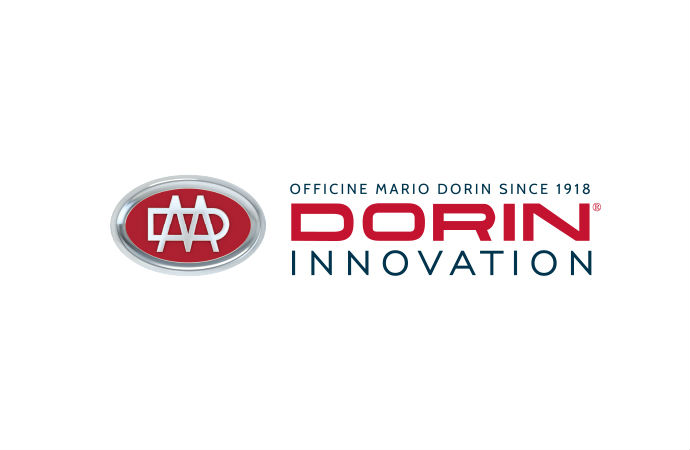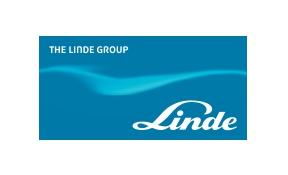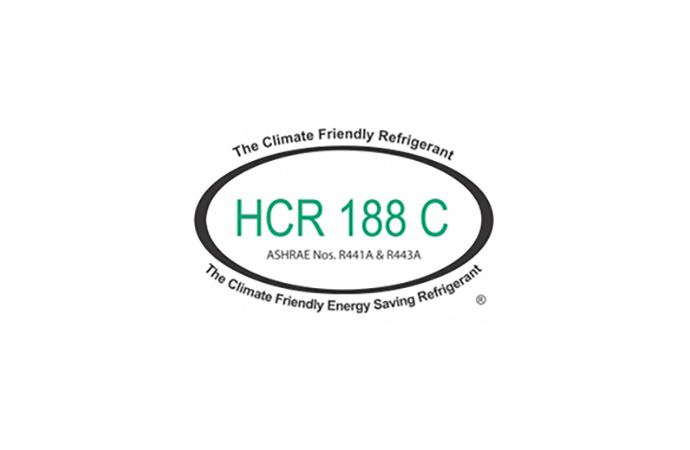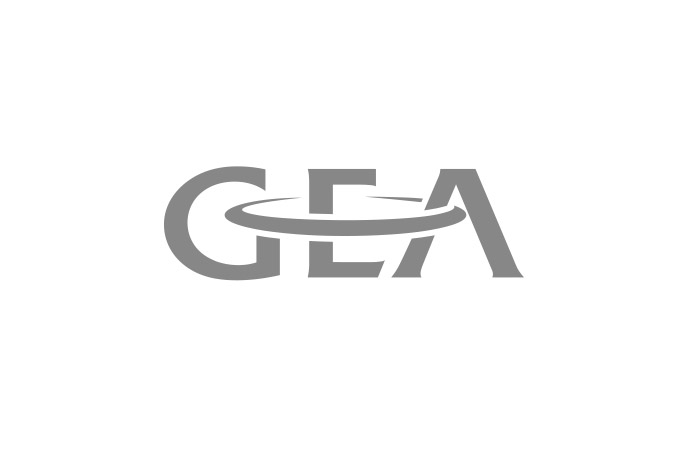This second article about the webinar “What ever refrigeration technician should know about hydrocarbon refrigeration” organised in the US provides an overview of the following considerations when dealing with hydrocarbons: material compatibility, purity, lubrication and filter driers, as well as flammability and safety.

With hydrocarbons soon to enter the US market Tecumseh expert Keith Gifford explained to technicians the different aspects of hydrocarbon refrigerants, including material compatibility, purity, lubrications, filter driers, and safety aspects.
Material compatibility
Hydrocarbon refrigerants are compatible with all common elastomers and plastic refrigeration materials used in valve seals, seals & gaskets. These include: neoprene, vitron, nitrile rubber, HNBR, PTFE and nylon. Incompatible materials are silicone-based rubbers, or natural rubbers.
Purity
Purity specifications for hydrocarbons are determined by international standard DIN 8960, which requires purity greater than 99.5% moisture, as a percentage by mass. The presence of moisture and acids reduces cooling capacity and increases energy consumption, whilst other impurities can result in capillary tube blockage. It is important to point out that the propane used for heating cannot be used in refrigeration systems because the purity level is not high enough.
Lubrication and filter driers
Hydrocarbon refrigerants are compatible with various lubricants necessary for reducing friction, sealing the refrigerant in the cylinder, and cooling the motor and pump. Specifically, they are compatible with Mineral Oil (MO), and Synthetic Alkylates (SA), and Polyol Ester (POE).
With regard to filter driers hydrocarbon refrigerants allow the use of molecular sieve desiccant types such as XH5, XH6, XH7, XH9 and the universal filer drier MS 594.
Silica based lubricants or filter driers are not compatible with hydrocarbons.
Flammability and classification
The flammability limits of hydrocarbons, between which the proportion of combustible gases in a mixture are flammable are as follows:
- R290: the lower explosion limit (LEL) is 2.1 and an upper explosion limit (UEL) is 9.5. This means for example, that for R290 the LEL is equivalent to 39g/m3 and the UEL is 177g/m3.
- R600a the LEL is 1.8 and UEL is 8.5.
The charge limitation to be imposed by SNAP, the added safety requirements such as non-sparking electrical components, and ensuring the spark is contained if there is a spark, result in a very low probability of explosion. Moreover, if there were an explosion the small charge would contain it to a relatively minor level.
With regards to classification, refrigerants are classified into two groups: group A, which pertains to flammability and group B, which pertains to toxicity. Hydrocarbons are classified as A3 refrigerants due to their low toxicity and high flammability. R12 and R134a are classified as A1.
Safety
Unlike the propane used for heating, which has sulphur added so that it can be smelled; refrigerant grade hydrocarbons do not have any smell, and cannot be seen. Therefore, proper monitoring equipment is essential.
The general precautions to take are:
- Monitoring: Combustible gas monitors should always be turned on before entering any service area and only turned off when technicians leave the service area
- Ventilation: A good ventilation of the service area should be established and maintained. It should be noted that hydrocarbons are heavier than air and tend to collect at a lower level.
- Elimination: Prior to beginning work technicians should extinguish sources of ignition in the service, for example by disconnecting power to appliances, etc.
- Pressure: A pressure relief valve should be used and systems should not be pressurised beyond 150 psig field leak test pressure
- Fans: Those installed inside or outside the refrigerated space should not produce electrical arcs, even when short circuited or blocked
Finally, it should be noted that the risk of explosion is higher inside the cabinet where the refrigerant is confined, than outside.
MORE INFORMATION
Related stories




















